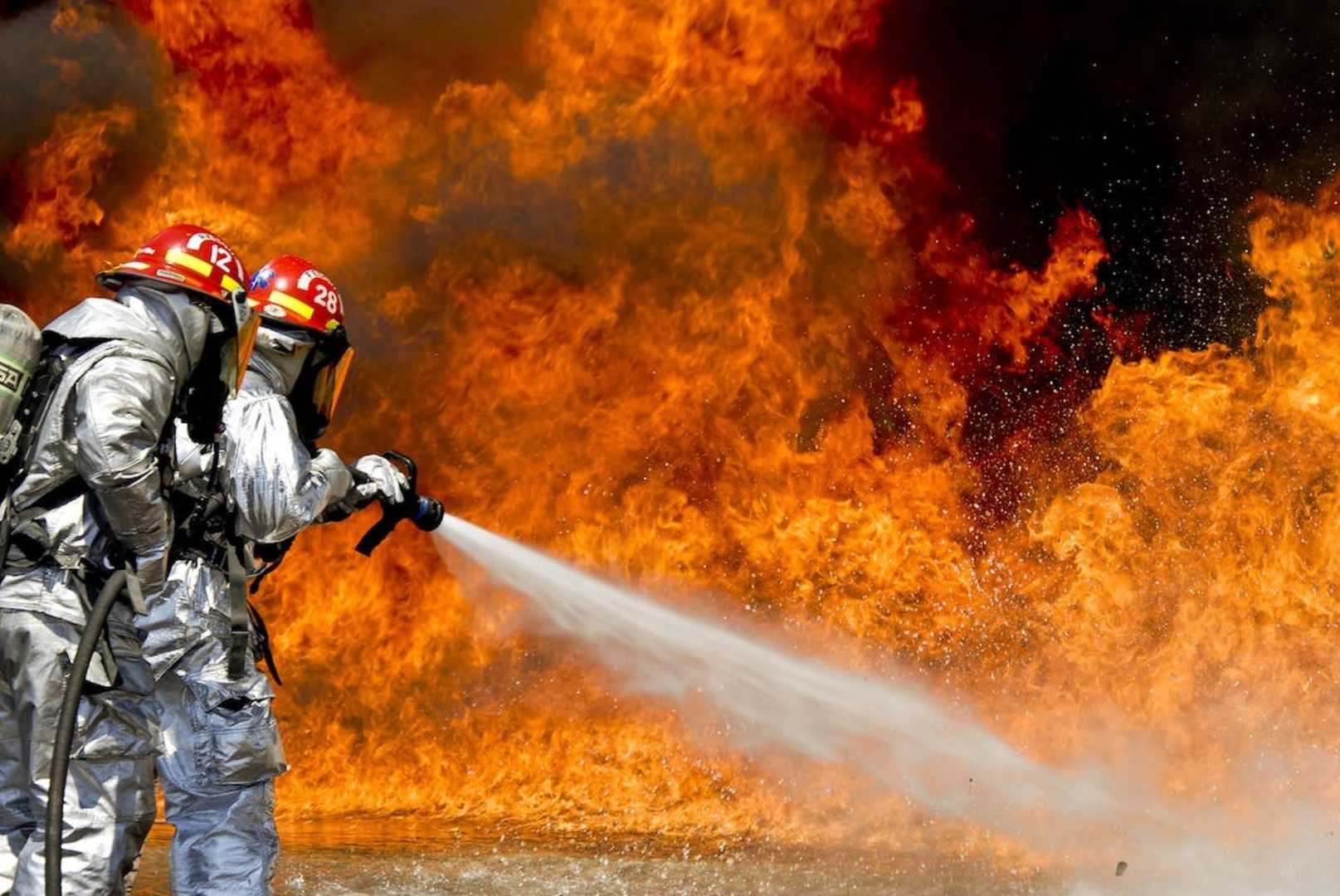The struggle of firefighters against Aqueous Film-Forming Foam (AFFF) contamination has gained significant attention in recent years, shedding light on the health risks faced by those who put their lives on the line to protect communities.
AFFF, widely used in firefighting for its effectiveness in extinguishing flammable liquid fires, contains per- and polyfluoroalkyl substances (PFAS), which have been linked to serious health issues.
This article delves into the journey of firefighters seeking justice over AFFF exposure.
Understanding AFFF Contamination
AFFF is a fire suppressant that is used by firefighters to extinguish fires caused by flammable liquids, such as jet fuel and gasoline. AFFF works by forming a film on the surface of the fuel, which prevents the fuel from vaporizing and catching fire.
AFFF contains per- and polyfluoroalkyl substances (PFAS), which are a group of man-made chemicals that have been linked to several health problems. PFAS are notorious for their persistence in the environment, which means they can contaminate soil and water sources, posing significant risks to people residing in the affected areas of contamination.
AboutLawsuits reported that recently Tracy Mitchem, a former Air Force firefighter, initiated legal action against AFFF manufacturers, alleging that his exposure to the firefighting foam during his military service led to the development of prostate cancer.
In his complaint, Mitchem claims that the companies responsible for the AFFF products were aware of the potential health risks but failed to provide adequate warnings to users.
He contends that the repeated exposure to the toxic chemicals in Air Force AFFF contributed to increased cancer risk, and he was never informed about the presence of these harmful or carcinogenic substances during his training or career as an Air Force firefighter.
Firefighters are at increased risk of exposure to AFFF and PFAS because they are often exposed to these chemicals during training exercises and actual fires. Exposure to AFFF can occur through inhalation, skin contact, and ingestion.
Health Effects on Firefighters
Firefighters face a range of health issues due to exposure to AFFF. The PFAS chemicals present in AFFF have been linked to an increased risk of cancer, particularly prostate, kidney, and testicular cancers.
Additionally, firefighters may experience respiratory problems, such as asthma and bronchitis, as well as liver and kidney damage. Long-term exposure to AFFF can lead to adverse effects on hormone regulation and immune function.
Understanding these specific health risks is crucial in the fight for justice and compensation for those who bravely protect our communities.
The Fight for Accountability
Firefighters who have been exposed to AFFF face several challenges in their fight for justice. One challenge is the legal barriers that exist. AFFF manufacturers have argued that the use of AFFF is protected by the Firefighter Protection Act, which shields manufacturers from liability for injuries caused by firefighting foams.
Another challenge is the complexity of proving causation. Firefighters who have been exposed to AFFF often have several health problems, and it can be difficult to prove that AFFF was the cause of their injuries. This is because there is no single test that can definitively measure AFFF exposure.
In addition, the statute of limitations for filing an AFFF lawsuit varies from state to state. This means that firefighters may not be able to file a lawsuit if it has been too long since they were exposed to AFFF.
Despite facing numerous challenges, firefighters are steadfastly fighting for justice. In recent years, they have taken legal action by filing the AFFF firefighting foam lawsuit against AFFF manufacturers.
Beyond the legal battles, firefighters are actively lobbying for legislation that would impose stricter regulations and hold manufacturers accountable for the environmental and health impacts of their products.
According to TruLaw, over the last month, there has been a significant surge in the AFFF class action MDL, with 493 new cases added, marking the highest monthly volume since the litigation began. This increase came after the recent announcement of a global settlement for water contamination cases.
However, it remains uncertain how the cases are divided between water contamination and cancer-related issues. Currently, the MDL comprises more than 5,000 pending cases.
Emerging Lawsuits Against AFFF Contamination
As reported by King 5 News, Washington State Attorney General Bob Ferguson made a significant announcement recently, as he filed a lawsuit against 20 manufacturers of “forever chemicals.” The lawsuit was lodged in King County Superior Court and specifically targets PFAS used in aqueous film-forming foam (AFFF).
The allegations suggest that these companies were aware of the substantial risks posed by these chemicals to both humans and the environment for many years. Despite this knowledge, the companies allegedly continued to mislead the public while generating considerable profits.
York Dispatch also reported a similar lawsuit filed by York County that is seeking to golf the manufacturers of PFAS liable in civil court. On May 31, 2023, the county initiated legal action in the Court of Common Pleas against 24 companies, seeking compensation for the contamination and pollution of its natural resources.
The complaint alleges that the defendants were involved in the design, manufacturing, marketing, distribution, and promotion of PFAS-based AFFF products. According to the complaint, their actions contributed to the creation of a public nuisance that endangers health and hinders the free use of the county’s waters, water systems, and public resources.
Legislative Actions AFFF Firefighting Foam
The National Fire Protection Association (NFPA) has established guidelines for the handling and disposal of Aqueous Film-Forming Foam (AFFF), aiming to mitigate exposure risks for firefighters and the public.
Additionally, the Environmental Protection Agency (EPA) has implemented regulations for AFFF disposal to safeguard the environment from contamination.
The U.S. Congress also passed the Firefighter Cancer Registry Act in 2018, creating a national registry to monitor cancer cases among firefighters.
Furthermore, states are enacting laws to phase out AFFF use by 2030, prioritizing the protection of firefighters and public health from AFFF-related hazards.
Conclusion
The struggle for justice over AFFF exposure is a pressing and complex issue faced by firefighters and communities alike. With emerging lawsuits seeking accountability and compensation, affected individuals and their families are striving to shed light on the harmful effects of AFFF and hold responsible parties accountable.
As awareness grows, it is crucial to continue advocating for transparency, research, and support for those impacted by AFFF contamination, ensuring that the path to justice remains illuminated.











